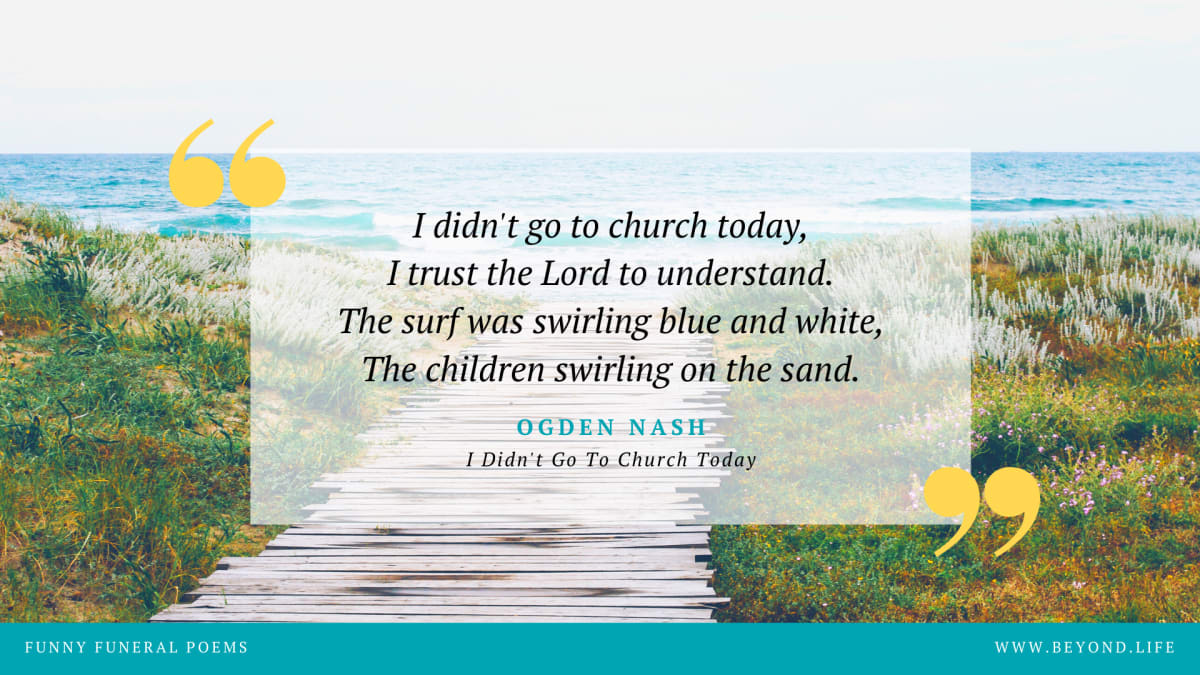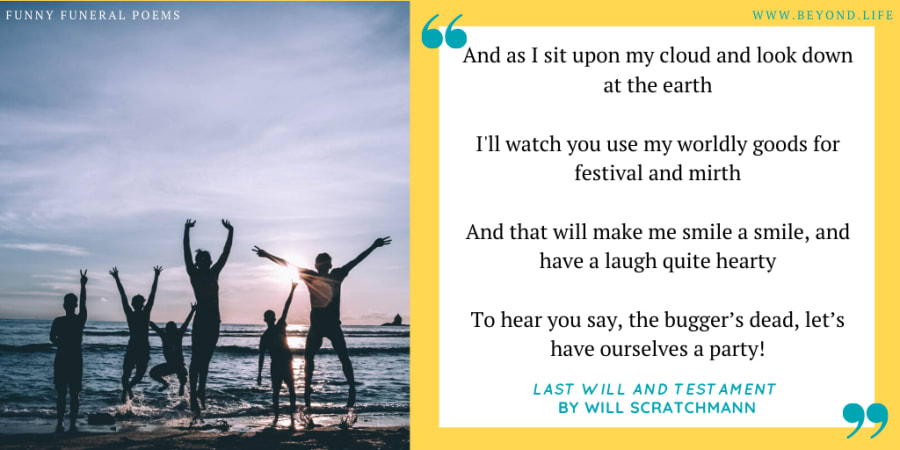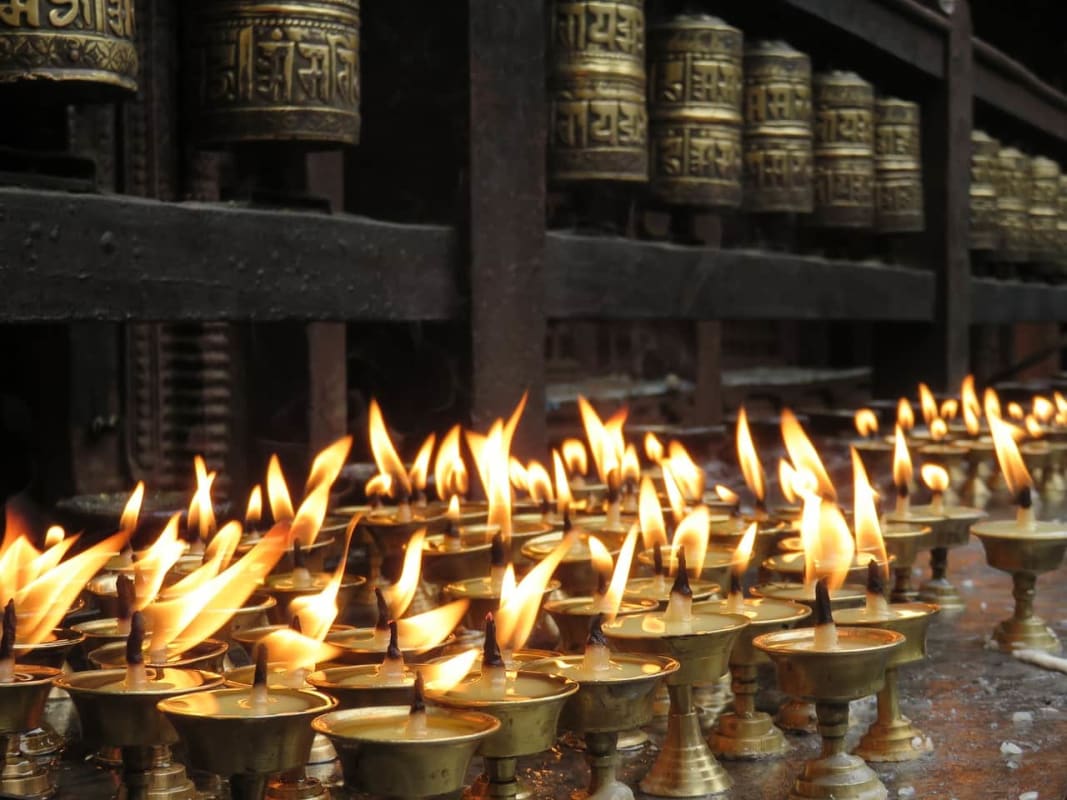
Buddhism is followed by around 600 million adherents around the globe and is thought to have originated in India, between the sixth and fourth centuries BCE. It spread quickly and Buddhists are now found predominantly in Sri Lanka, Tibet, Thailand as well as in many other southern Asian nations. The religion emphasises the impermanence of everything and encourages a belief in reincarnation.
Many of our funeral directors cater for multi-faith funeral services. Find and contact your local funeral director today.
However, Buddhism often emerged alongside other religions, such as Hinduism or local polytheistic religions, and this has resulted in numerous different offshoots of Buddhism, many of which incorporate old gods from other religions or belief systems. There are also a number of different Buddhist schools, including Mahāyāna, Vajrayāna and Theravāda, among others. Consequently, there are no universal funeral rites and customs will differ enormously between groups.
Preparing for Death
When death is felt to be near, the family gathers in order to calm and reassure the dying in order to ensure a peaceful transition. As death is considered a natural part of the reincarnation cycle, it is supposed to be accepted both by the person dying and by those gathered to help them. The dying person may be reminded of their good deeds and how these may help them to break the cycle of reincarnation, but otherwise the emphasis is on making them feel comfortable as they move on.
Preparation of the Body
Once death occurs, the body is not touched, disturbed or moved in any way, as it can take some time for the soul to leave the body. It must be completely cold before it is washed and cleansed, and then it is dressed in simple, plain clothes. In some instances, there will be a wake prior to the funeral. This will be a calm and peaceful affair with an open casket and maybe a photo of the deceased, a statue of the Buddha and fruit, candles and incense surrounding the casket. On the morning of the funeral, monks will come to perform the last rites, which consist largely of chanting. This chanting must be practical; that is to say it must aid mourners in contemplation, and must not conflict with the teachings of the Buddhist faith.
Funeral Rites
Both cremation and burial is acceptable to the vast majority of Buddhist sects and the decision is largely a matter of personal preference or local circumstance and necessity. For instance, in Tibet, where firewood is uncommon and precious, cremation is not common and bodies are much more likely to be left out some way out of town to be picked clean by vultures. This is known as a sky burial. While this tradition emerged from a position of pragmatism, it also demonstrates the Buddhist belief that the body is but an unimportant vessel for the soul. The funeral service will be solemn and simple and it is considered inappropriate and ostentatious to display wealth or power at the funeral. When guests enter, they approach the casket and bow with their hands pressed together in prayer, before slowly retreating and finding a seat. Although there are no enshrined or formalised rituals for the funeral service in Buddhism, it is common for monks to attend and lead chanting or for relatives to offer eulogies. If the body is to be buried, monks may also lead chanting at the graveside.
Post-funeral Traditions
In Buddhism, the memorial period can last anywhere from seven to ninety days, though there are usually no official rules prescribing what can and can’t be done during this period. Food will often be served after a funeral service and guests will gather together. In some traditions, monks will hold a ceremony seven days after burial in order to transfer good energy to the deceased and help them on their way.



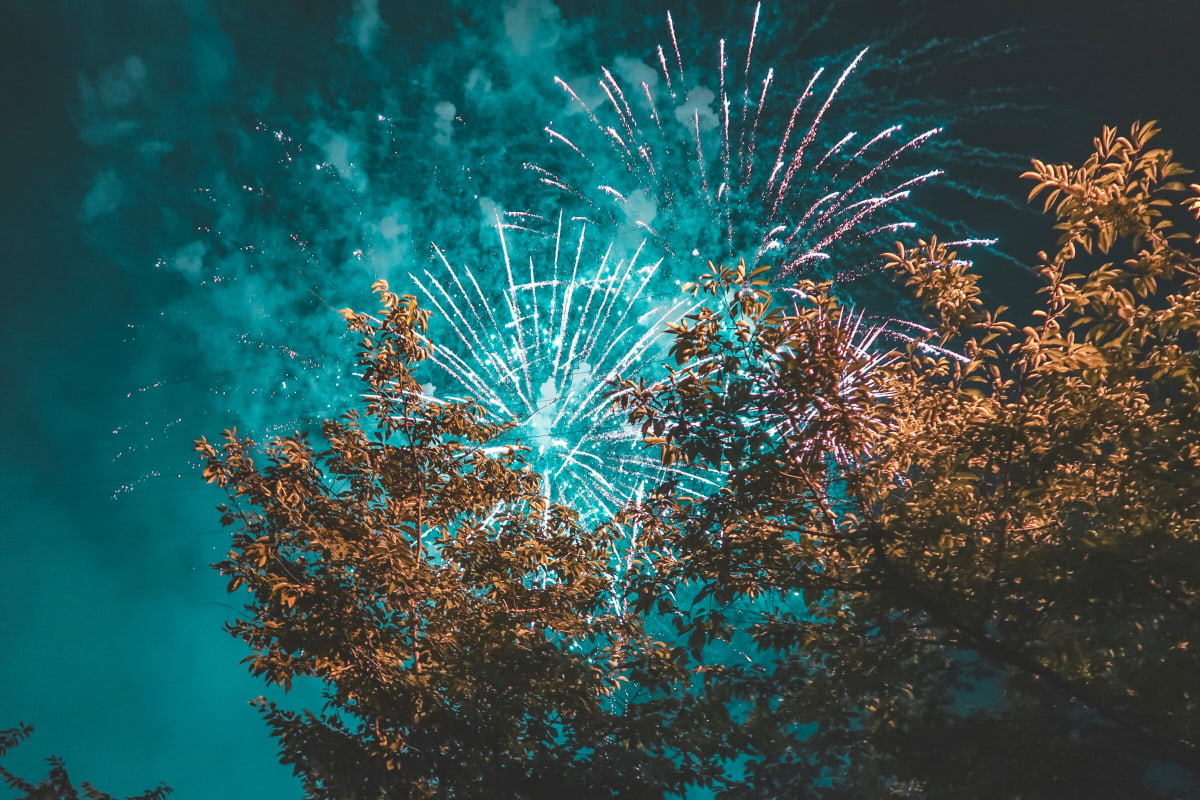
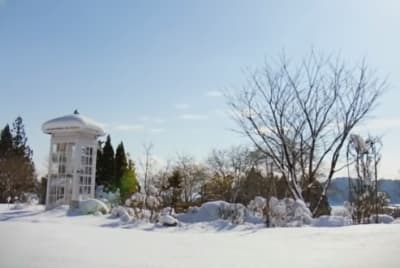 We all have things we wish we could tell people who are no longer with us. Why not just give it a try? You could wait until you have a quiet moment alone to say what you want to say aloud. Or visit their grave or scattering place to speak to them.
We all have things we wish we could tell people who are no longer with us. Why not just give it a try? You could wait until you have a quiet moment alone to say what you want to say aloud. Or visit their grave or scattering place to speak to them. This could be something as simple as wearing their jewellery or watch every day. Or clothing: a favourite shirt could be worn, turned into a cushion, or framed to make art. Believe it or not, there is also a company that turns the clothing of people who have died into teddy bears.
This could be something as simple as wearing their jewellery or watch every day. Or clothing: a favourite shirt could be worn, turned into a cushion, or framed to make art. Believe it or not, there is also a company that turns the clothing of people who have died into teddy bears. 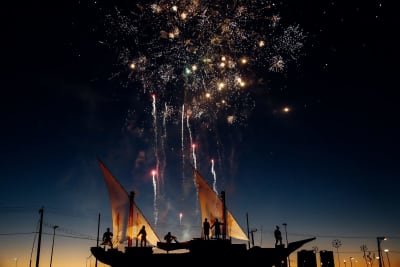
 When you’re struggling with something – anything – writing can be very therapeutic. So, writing a letter to a loved one who has died can be a lovely way to feel connected to them and work through your grief.
When you’re struggling with something – anything – writing can be very therapeutic. So, writing a letter to a loved one who has died can be a lovely way to feel connected to them and work through your grief. 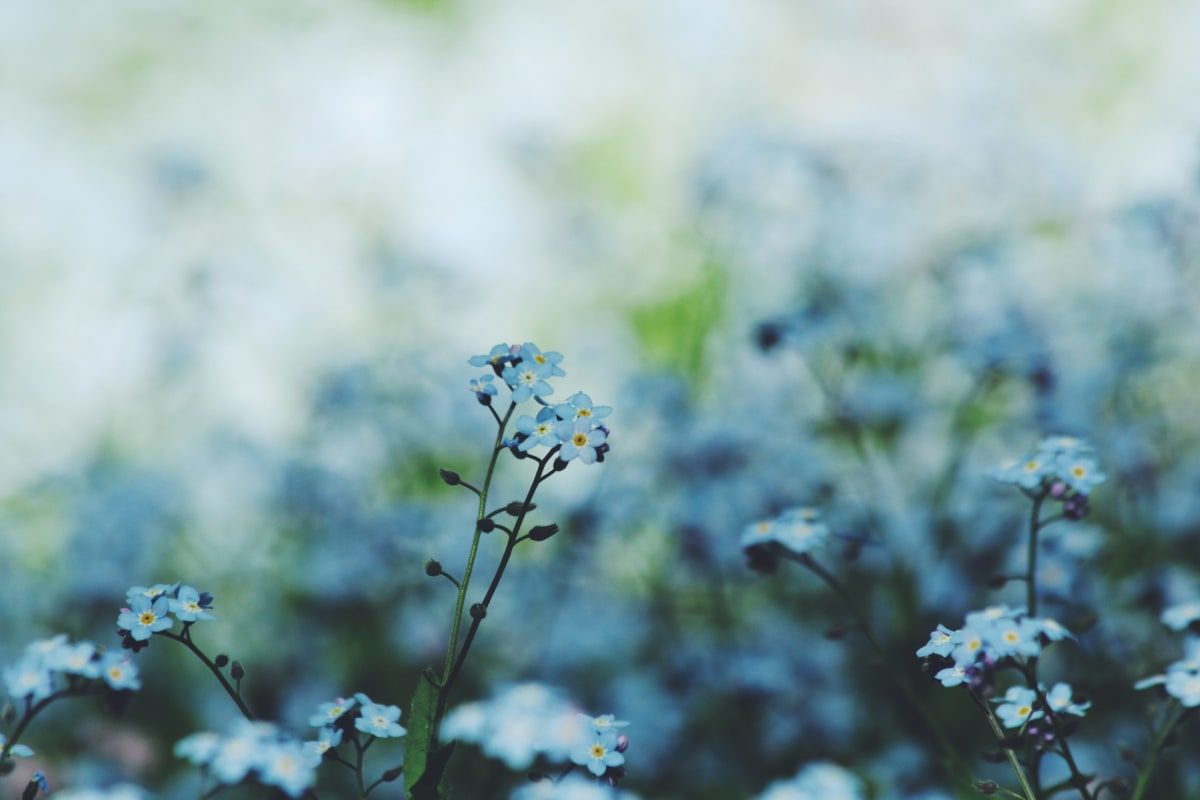 Your loved one’s grave, or the place where their ashes were scattered, can feel very meaningful. There’s comfort to be had in just giving yourself some time to sit with them there.
Your loved one’s grave, or the place where their ashes were scattered, can feel very meaningful. There’s comfort to be had in just giving yourself some time to sit with them there. 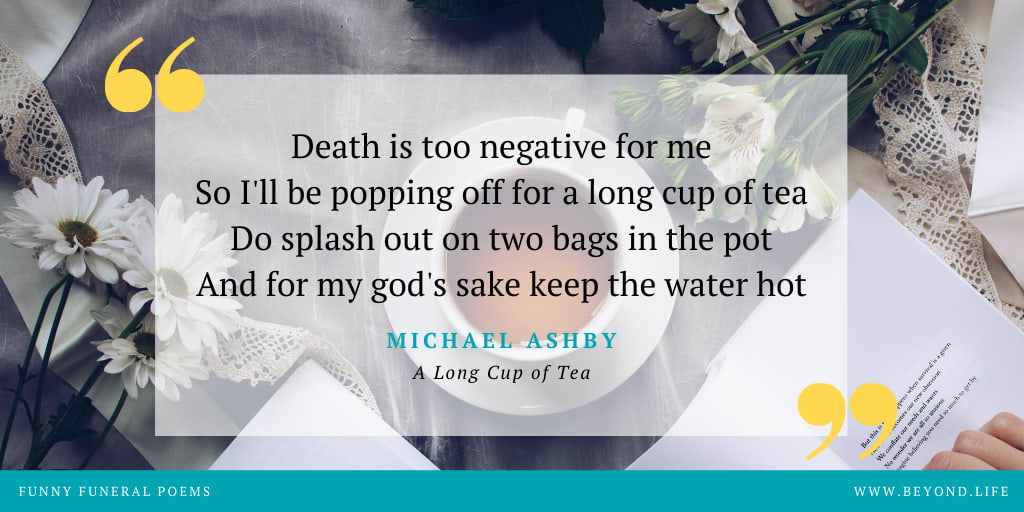
 Pardon Me For Not Getting Up
Pardon Me For Not Getting Up
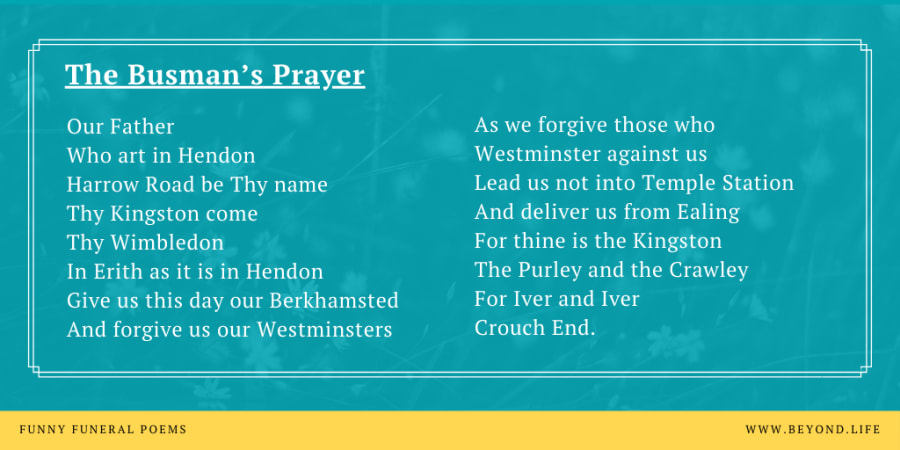
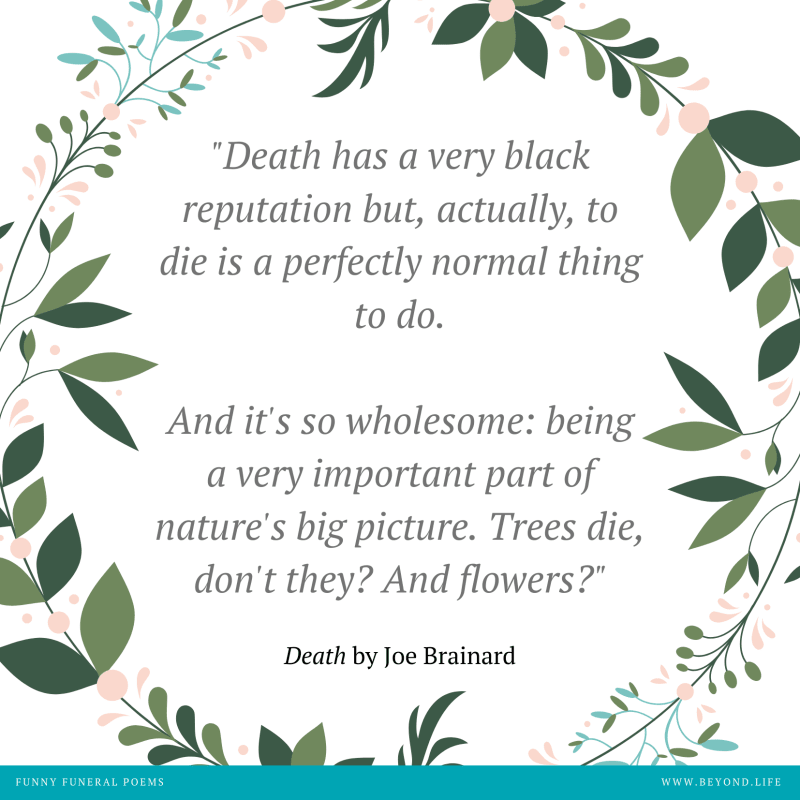 Death
Death


 Death
Death